- Hydropower development is an important option for China’s sustainable development, especially clean energy development

At 20 o'clock on April 6, 2021, as the dam diversion bottom hole was closed, the world's largest Baihetan Hydropower Station under construction was officially closed for impoundment. On April 7, the Hulukou section of the Jinsha River in the Baihetan Hydropower Station reservoir area , The old bridge in the lower part was submerged, and the Baihetan Hydropower Station officially began to store water. The normal storage level of the Baihetan Hydropower Station reservoir is 825 meters, the corresponding storage capacity is 20.6 billion cubic meters, the underground powerhouse is equipped with 16 units, the initial planned installed capacity is 16 million kilowatts, and the average power generation for many years is 60.24 billion kilowatt-hours. After the power station is completed, it will be the second largest hydropower station in China after the Three Gorges Hydropower Station.
With the rapid development of China's economy and society, as well as the rapid increase in social water demand, hydropower stations have increased people's use of water, giving full play to the comprehensive benefits of flood control, power generation, sand interception, improvement of downstream shipping conditions, and development of navigation in the reservoir area.

China's hydropower is developing rapidly, and China is developing towards the goal of being a strong country in hydropower manufacturing. In the global power generation share, hydropower is second only to coal-fired power generation and gas-fired power generation, ranking third in the world. Hydropower is the leader in renewable energy power generation, far surpassing wind and solar power generation.
Hydropower resources are rich in hydropower energy bases such as Jinsha River, Yalong River, Dadu River, Lancang River, Wujiang River, Upper Yangtze River, Nanpan River, Hongshui River, Upper Yellow River, Xiangxi, Fujian-Zhejiang-Jiangxi, Northeast, Mainstream of Yellow River and Nujiang River , Its total installed capacity is about 300 million kW, accounting for about 45.5% of China’s technologically developable volume. The concentration of hydraulic resources in these rivers is conducive to the realization of the cascade rolling development of the river basin, the construction of large-scale hydropower energy bases, and the implementation of the west-to-east power transmission by giving full play to the benefits of scale of hydropower resources. During the two sessions, Zhang Lirong, member of the National Committee of the Chinese People’s Political Consultative Conference and Minister of the Ministry of Safety, Energy and Environmental Protection of China, once suggested: “Adhere to the ecological priority, develop and protect in the process of protection, accelerate the comprehensive protection and development of cascade hydropower in the river basin, and turn the planning of cascade hydropower stations in the river basin into China’s Clean energy corridor, ecological economic corridor."
In the next 30 years, China will advance the strategy of sending hydropower from the west to the east, focusing on the upper reaches of the Yangtze River, Jinsha River, Yalong River, Dadu River, Lancang River, Upper Yellow River, Nanpan River, Hongshui River, Nujiang River, Yarlung Zangbo River, etc. The construction of large-scale hydropower bases, by strengthening the construction of transmission channels in the north, central, and south, continuously expand the scale of hydropower transmission from west to east, improve the pattern of power transmission from west to east, strengthen the interconnection of channels, and realize the optimal allocation of resources on a larger scale.
The Northern Passage mainly relies on hydropower in the upper reaches of the Yellow River to transmit power from the northwest to North China; the Central Passage mainly sends electricity from hydropower bases in the upper reaches of the Yangtze River, the lower reaches of the Jinsha River, the Yalong River, and the Dadu River to East China and Central China. The southern passage mainly uses the middle reaches of the Jinsha River. , Lancang River, Hongshui River, Wu River and Nu River and other hydropower bases are sent to Guangdong and Guangxi regions. At the same time, according to the distribution characteristics of energy resources and power load characteristics in the north and south regions, significant progress has been made in the construction of cross-basin mutual aid channels.

In terms of power generation, the hydropower generation in Sichuan, Yunnan, and Hubei provinces accounted for 54.2% of China’s hydropower generation in 2019. Specific to hydropower stations, China’s current hydropower projects under construction include Jinsha River Wudongde, Baihetan, and Yalong River. Hekou, Dadu River Shuangjiangkou and other hydropower stations. In recent years, as China has accelerated the development of clean energy for hydropower, the production of large hydropower generating units has been completed one after another. As hydropower development needs to adapt to the local production environment, the products developed need to be more in line with the needs of the local market and more convenient to use local human and technical resources. .
On the afternoon of April 8, 2021, Cui Maohu, Secretary of the Lijiang Municipal Party Committee, and Fan Xiaxia, the visiting deputy general manager of China Three Gorges Group Co., Ltd. mentioned: “It is necessary to build a large-scale hydropower station and build it into Lijiang, serving the southwest, A green energy base facing South Asia and Southeast Asia; combined with the construction of the Jinsha River Green Economic Corridor, we will accelerate the development and utilization of clean energy.” China is promoting the development of large-scale, clean and efficient hydropower equipment. At present, China attaches great importance to hydropower development, which not only reduces The dependence of foreign primary energy sources has optimized the allocation of energy resources, which has also improved the country’s energy security.
Hydropower energy is the main body of new energy
China is the country with the fastest development of new energy in the world. From hydropower represented by the Three Gorges Hydropower Station to wind power, photovoltaic power generation, and nuclear power plants, China’s power supply should be quite diversified, but in fact it is not the case. , China still needs to rely on thermal power generation for nearly 60% of its electricity. He Jijiang, executive deputy director of the Energy Transition and Social Development Research Center of Tsinghua University, said in an interview: "In the future energy system, there should be basically no coal power. To achieve carbon peaks and carbon neutrality, new energy should be the mainstay. ."
The remaining recoverable reserves of conventional energy in China are composed of 61.6% of raw coal, 35.4% of hydraulic power, 1.4% of crude oil, and 1.6% of natural gas. Water resources are second only to coal, occupying a very important strategic position. From the perspective of power generation, based on the technically developable amount of hydropower resources, it can replace 114.3 billion tons of raw coal every year, and 14.3 billion tons of raw coal can be replaced in 100 years. Therefore, the development of hydropower resources to develop hydropower is an effective way for China to adjust its energy structure, develop low-carbon energy, save energy and reduce emissions, and protect the ecology.

Only thermal power generation can meet people's needs for the huge energy demand. As for other clean energy sources, it is far from reaching the standard that can replace thermal power. For example, wind power cannot be stored on a large scale, and the failure rate of wind turbines for wind power generation is also very high, so the cost of wind power generation is overwhelming. Another example is nuclear power. The cost of nuclear power is similar to that of thermal power generation. However, the construction cost of nuclear power plants is high, the risk is high, and huge maintenance costs are required. There is also hydropower. Hydropower is the lowest cost of all power generation methods. However, like nuclear power plants, hydropower plants have a very high initial cost, starting at tens of billions of dollars at every turn, and the investment basically depends on bank loans. However, hydropower plants affect the ecology, geology, and geology of the entire region. Climate and species, just look at the impact of the Three Gorges Hydropower Station on the biology of the Yangtze River. This is why China has the Three Gorges Hydropower Station, so thermal power still accounts for 60% of the power generation.
Thermal power is the gods of China’s electric power. Renewable energy power generation is the only way out in the future. Hydropower and wind power are important components. Hydropower plays a pivotal role in achieving the development goals of non-fossil energy. In 2020, China's renewable energy power generation capacity will reach 2.2 trillion kilowatt-hours, accounting for 29.5% of the total electricity consumption in the society, an increase of 9.5 percentage points from 2012, which strongly supports China's non-fossil energy to account for 15.9% of primary energy consumption. , Fulfilling the solemn promise of reaching 15% of non-fossil energy consumption by 2020 as scheduled.
Zhang Jianhua, Director of the National Energy Administration, pointed out at the China Renewable Energy Development Press Conference, “Renewable energy is a green and low-carbon energy and an important part of China’s multi-wheel drive energy supply system. Climate change and the realization of sustainable economic and social development are of great significance."
In recent years, the scale of development and utilization of renewable energy in China's energy industry has ranked first in the world, providing strong support for energy green and low-carbon transformation. The installed power generation capacity has achieved rapid growth. By the end of 2020, the total installed capacity of renewable energy power generation in China reached 930 million kilowatts, accounting for 42.4% of the total installed capacity, an increase of 14.6% over 2012. Among them, hydropower is 370 million kilowatts, wind power is 280 million kilowatts, photovoltaic power generation is 250 million kilowatts, and biomass power generation is 29.52 million kilowatts, ranking first in the world for 16 consecutive years, 11 years, 6 years and 3 years respectively. Zhang Jianhua, director of the National Energy Administration, lamented: “About 40% of our installed capacity is now renewable energy, and about 30% of our power generation is renewable energy. The total installed capacity of renewable energy is the world’s largest.”
New beacon for hydropower energy development
"China's carbon dioxide emissions are striving to reach a peak before 2030, and strive to achieve carbon neutrality by 2060. By 2030, non-fossil energy will account for about 25% of primary energy consumption, and the total installed capacity of wind and solar power will reach more than 1.2 billion kilowatts. , Further pointed out the strategic direction of China's energy transformation and reform." Zhang Jianhua said.
Next, China will accelerate the implementation of the carbon peaking action in the energy sector, formulate new energy development goals, promote the large-scale, high-proportion, high-quality, and market-oriented development of renewable energy in the new era, accelerate the implementation of renewable energy substitution actions, and focus on improving new energy Energy consumption and storage capacity.
China's hydropower sector has formed a relatively complete technological industry system, which has injected surging momentum into the development of renewable energy. In the hydropower sector, it has the world's largest independent design and manufacturing capacity of million-kilowatt turbine units, and the design and construction capabilities of ultra-high dams and large underground caverns are at the world's leading level.
China is actively exploring a photovoltaic sand control model that combines desert control, photovoltaic power generation, and planting and breeding, and promotes the combination of photovoltaic development and ecological restoration. In 2020, the scale of China's renewable energy development and utilization will reach 680 million tons of standard coal, which is equivalent to replacing nearly 1 billion tons of coal, reducing carbon dioxide, sulfur dioxide, and nitrogen oxide emissions by approximately 1.79 billion tons, 864,000 tons, and 798,000 tons, respectively. .

Since 2012, a total of 31 large-scale hydropower stations with a capacity of 64.78 million kilowatts have been built in poverty-stricken areas, and photovoltaic poverty alleviation projects have been innovatively implemented. A total of 26.36 million kilowatts of photovoltaic poverty alleviation power stations have been built, benefiting nearly 60,000 poor villages and 4.15 million poor households, generating electricity every year With a revenue of 18 billion yuan and corresponding placement of 1.25 million public welfare posts, photovoltaic poverty alleviation has become a top-quality project for poverty alleviation in China's industry and one of the top ten targeted poverty alleviation projects.
China's international cooperation in the field of renewable energy has spread to many countries and regions around the world. The wide application of renewable energy in the Chinese market has accelerated the global energy green transition process. In recent years, China’s investment in renewable energy projects in countries and regions along the Belt and Road has shown a sustained growth trend, contributing Chinese wisdom and strength to the high-quality co-construction of the Green Belt and Road.
China firmly follows the path of renewable energy development. The Three Gorges Hydropower Development is an important milestone for China's sustainable development, especially clean energy development. It is the beginning, but it will never end. Editor/Sang Xiaomei
Comment
 Praise
Praise
 Collect
Collect
 Comment
Comment
 Search
Search


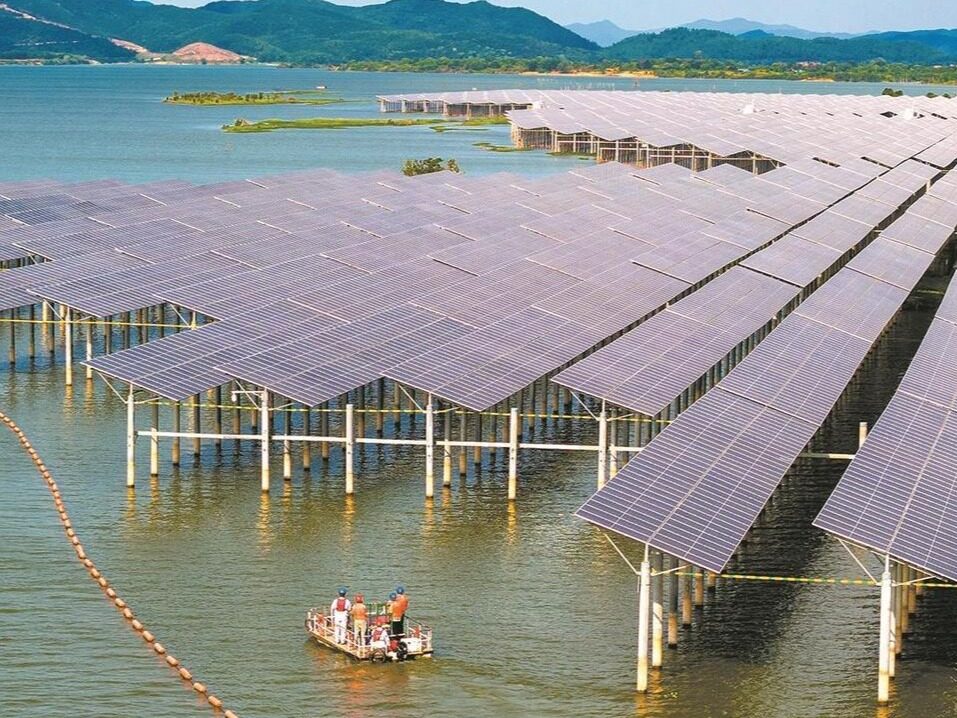
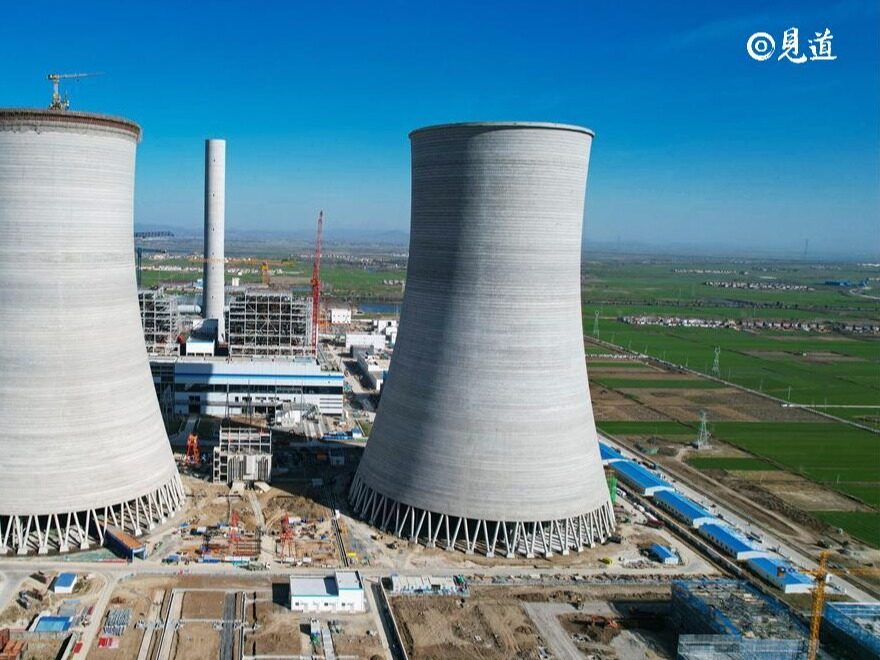
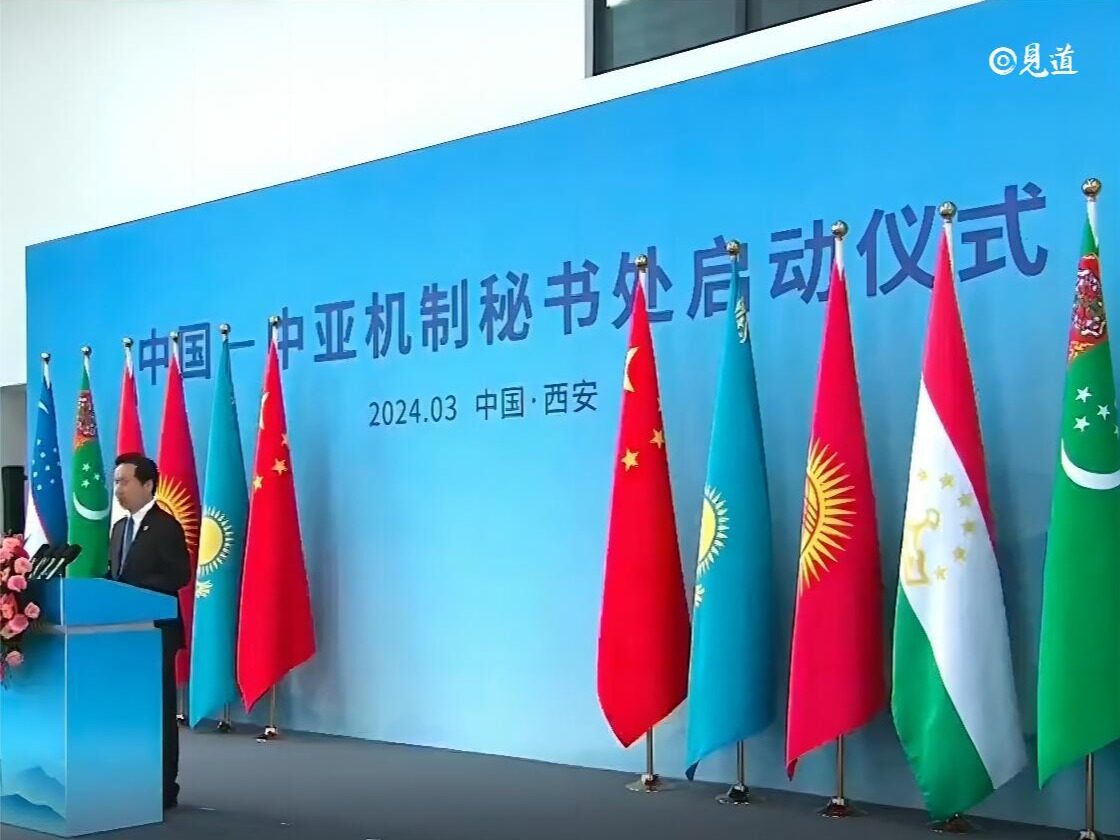
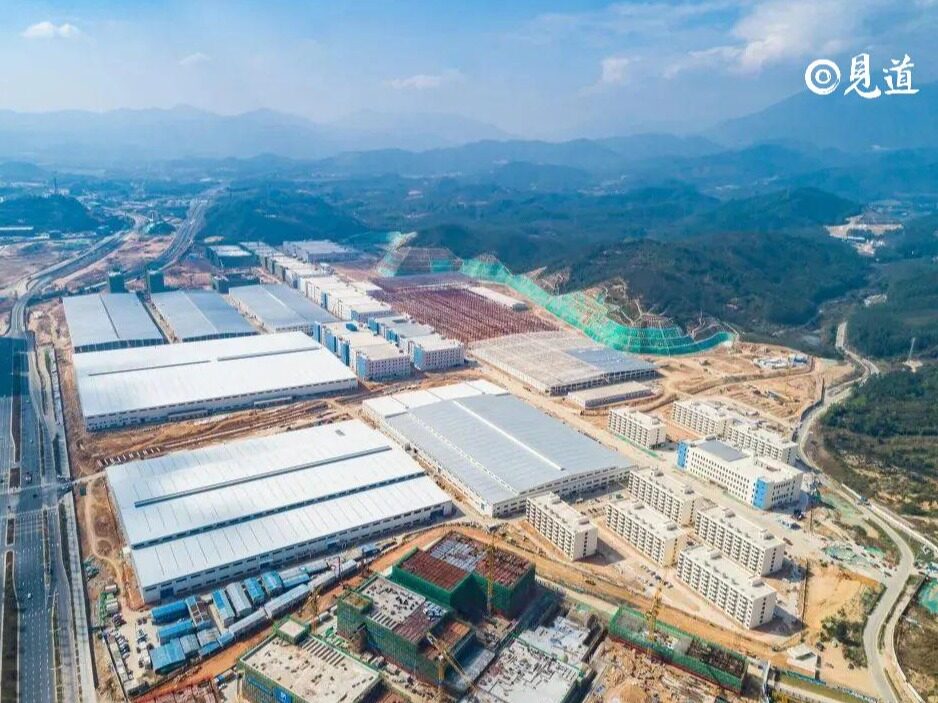

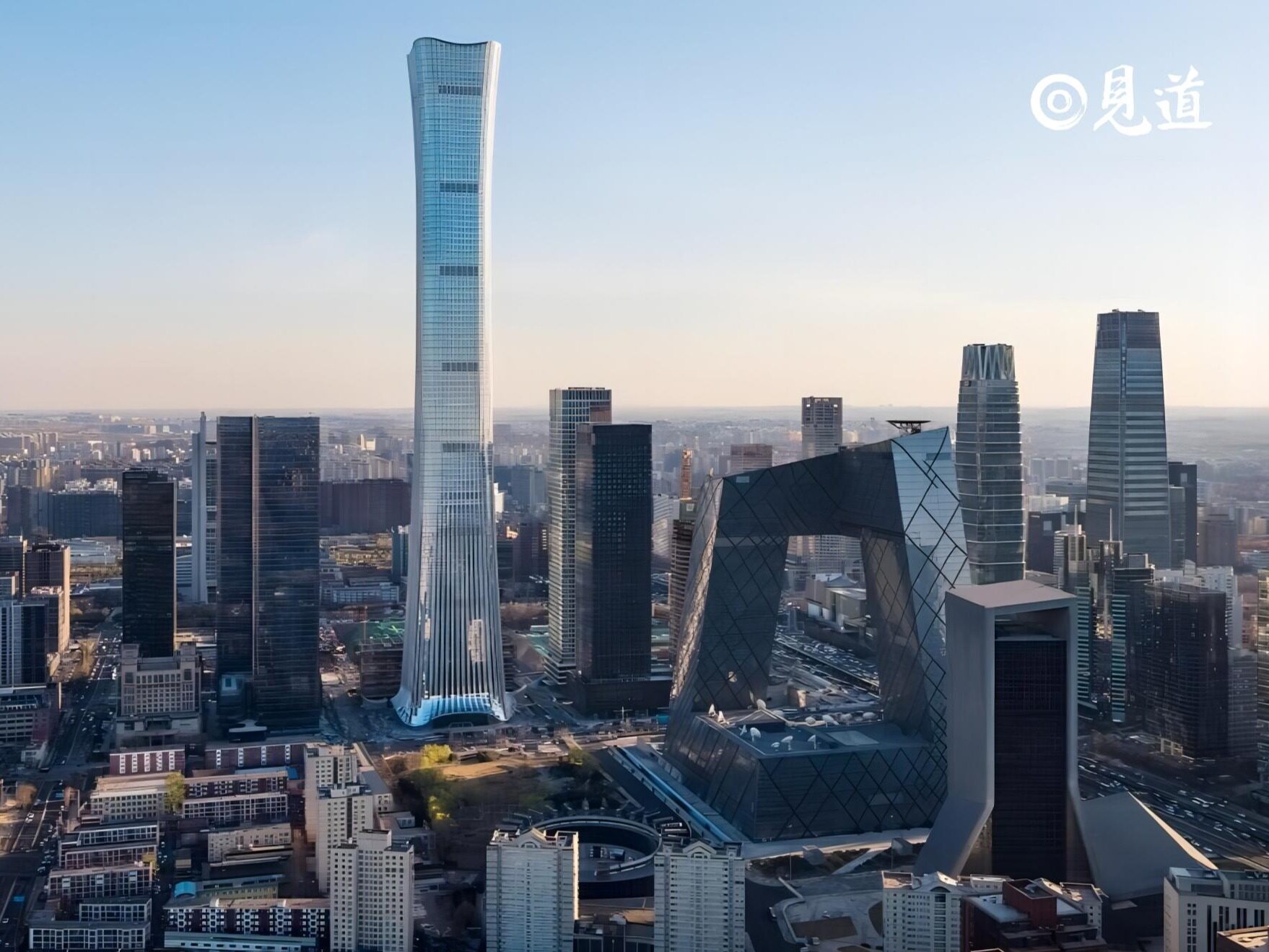






Write something~